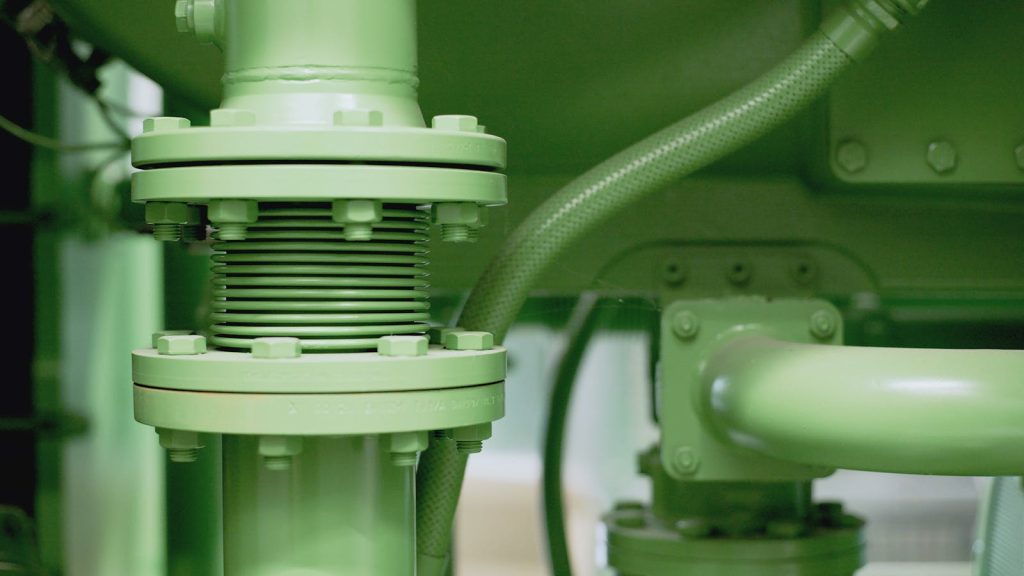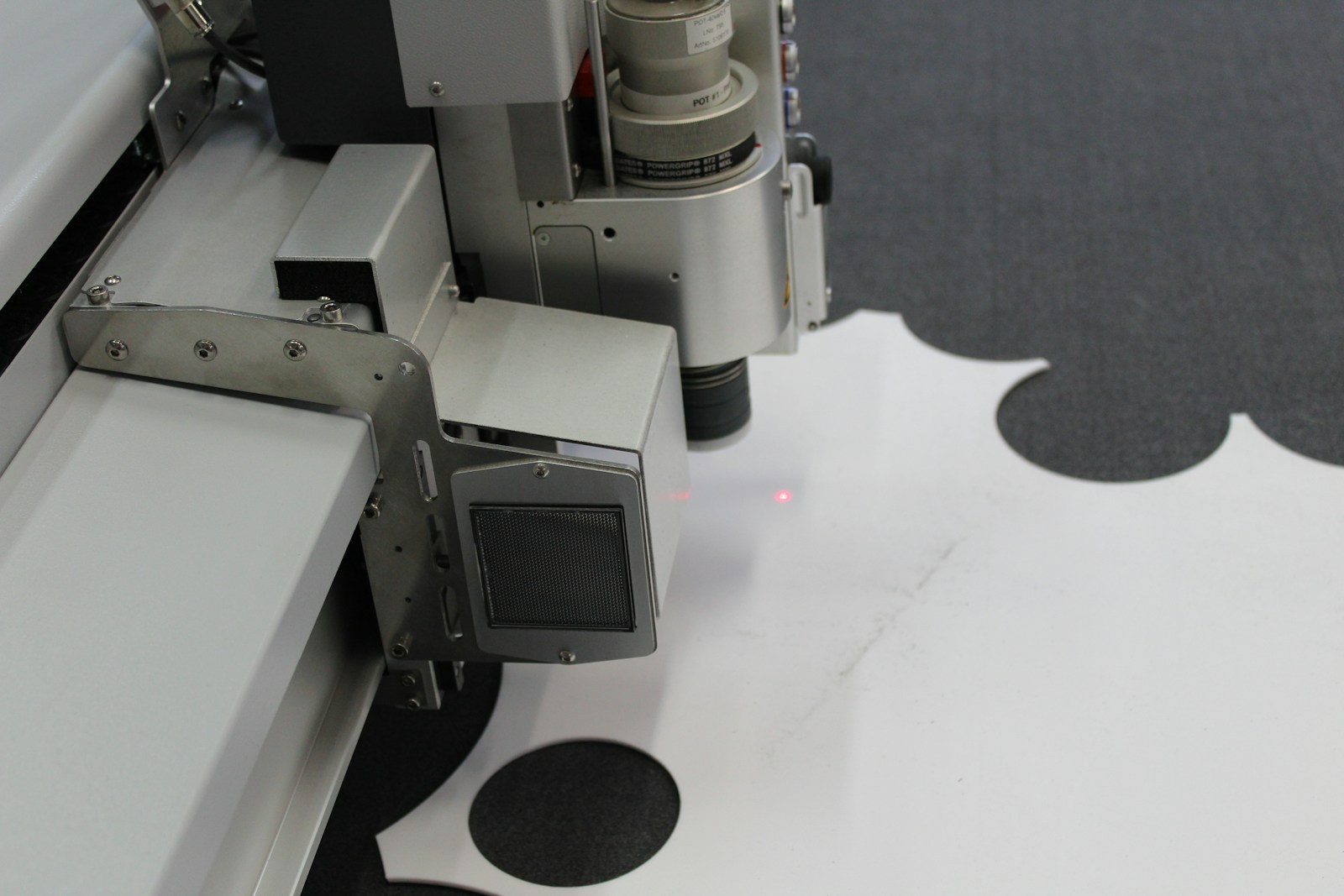The industrial landscape underwent a dramatic transformation in the mid-20th century with the introduction of polytetrafluoroethylene (PTFE) as a gasket material. Before PTFE gaskets entered the market, industries struggled with frequent equipment failures, dangerous leaks, and costly maintenance schedules. Traditional gasket materials like rubber, cork, and asbestos could not withstand extreme temperatures, corrosive chemicals, or high-pressure environments, creating significant operational challenges.
PTFE, discovered accidentally by Roy Plunkett in 1938 while working at DuPont, offered unprecedented chemical resistance and thermal stability. Its unique molecular structure, consisting of carbon atoms completely surrounded by fluorine atoms, created a material with remarkable properties that would soon transform industrial sealing technology forever.
Superior Properties of PTFE in Industrial Applications
PTFE gaskets quickly distinguished themselves from conventional sealing materials through their exceptional performance characteristics. With an operating temperature range from -350°F to 500°F (-212°C to 260°C), these gaskets maintain their integrity in environments where other materials would deteriorate rapidly. This temperature resistance made PTFE an ideal choice for steam valve gasket applications, where fluctuating temperatures and pressures previously caused frequent failures.
The material’s near-universal chemical resistance means that PTFE gaskets can withstand contact with acids, bases, solvents, and other aggressive substances that would quickly degrade traditional gasket materials. Industries handling corrosive chemicals found that equipment sealed with PTFE experienced dramatically reduced maintenance requirements and improved safety profiles.
Furthermore, PTFE’s extremely low coefficient of friction reduces torque requirements during installation and prevents the gasket from adhering to mating surfaces. This “non-stick” quality makes disassembly easier during maintenance operations, saving valuable time and preventing equipment damage.
Transformation of Steam System Management
Perhaps nowhere was the impact of PTFE more profound than in steam systems. The steam valve gasket represents a critical component in power generation, chemical processing, and manufacturing facilities where pressurized steam drives numerous processes. Traditional gasket materials in these applications required frequent replacement due to their inability to withstand thermal cycling and chemical attack.
The introduction of PTFE gaskets for steam valve applications extended service intervals by factors of 5-10 times compared to conventional materials. Plant operators reported significant reductions in unplanned downtime, with some facilities documenting 85% fewer steam-related leaks after converting to PTFE sealing technology.
Beyond reliability improvements, PTFE steam valve gaskets also enhanced safety protocols. The material’s stability under fluctuating conditions meant fewer catastrophic failures and reduced risk of steam-related injuries. This safety improvement alone justified the transition to PTFE in many critical applications where personnel safety was paramount.

Manufacturing Advancements Through Precision Cutting
The evolution of PTFE gasket technology accelerated dramatically with the introduction of laser cutting gaskets techniques. Traditional die-cutting methods often produced inconsistent results with dimensional variations that could compromise seal integrity. Laser cutting gaskets from PTFE sheets revolutionized manufacturing precision, allowing for tolerances measured in thousandths of an inch.
This manufacturing precision addressed one of the few limitations of early PTFE gaskets: their tendency to cold flow under compression. By optimizing gasket design through computer modeling and fabricating these designs with laser cutting technology, manufacturers could control compression and minimize creep, extending service life even further.
The laser cutting process also enabled complex geometries that were previously impossible to produce consistently. Custom shapes, intricate internal features, and variable thickness profiles became standard offerings, allowing engineers to optimize gasket designs for specific applications rather than compromising with standard shapes.
Economic Impact Across Industries
The economic benefits of PTFE gaskets extended far beyond the initial material cost. While PTFE gaskets typically commanded premium prices compared to traditional materials, the total cost of ownership calculations overwhelmingly favored the advanced polymer. Reduced maintenance frequency, extended equipment life, and improved process reliability delivered return on investment typically measured in months rather than years.
Chemical processing facilities reported annual maintenance cost reductions exceeding $500,000 after converting critical sealing points to PTFE. Power generation plants documented efficiency improvements of 2-3% after eliminating steam losses previously accepted as unavoidable with conventional gasket materials.
The precision of laser cutting gaskets from PTFE also reduced material waste during manufacturing, contributing to sustainability goals while lowering production costs. As laser cutting technology became more accessible, even small fabrication shops could offer custom PTFE gaskets with short lead times, democratizing access to this revolutionary sealing solution.
Environmental and Safety Considerations
PTFE gaskets played a crucial role in phasing out asbestos-containing gaskets, which had been industrial standards for decades despite their known health hazards. The superior performance of PTFE made it an ideal replacement, helping industries comply with increasingly stringent environmental and worker safety regulations without sacrificing operational efficiency.
In addition to eliminating asbestos exposure risks, PTFE gaskets significantly reduced fugitive emissions from industrial processes. Tighter sealing capabilities meant fewer volatile organic compounds (VOCs) and other hazardous substances escaped into the atmosphere. Some chemical plants reported emission reductions of over 90% after implementing comprehensive PTFE gasket programs in compliance with environmental regulations.
Ongoing Innovation in PTFE Gasket Technology
The basic PTFE polymer has spawned numerous variants and composites, each engineered to address specific application challenges. Filled PTFE, incorporating materials like glass fiber, carbon, graphite, or bronze, overcomes some limitations of virgin PTFE while maintaining its core benefits. These specialized formulations have further expanded the application range of PTFE gaskets into new industrial territories.
Advanced manufacturing methods continue to evolve alongside material science. Modern laser cutting gaskets systems can now process modified PTFE materials with unprecedented precision, creating multi-layer and zone-specific gasket designs that optimize performance under varying conditions across a single sealing interface.


